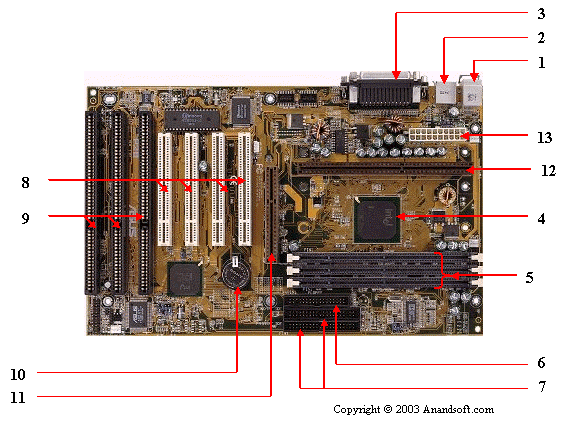E Pluribus, Unum: The Evolution of the Personal Computer’s Architecture
The evolution of the architecture of the personal computer began with a centralized processing capability surrounded by an array of specialized intelligent agents. The data processed by each subsystem contributed to a greater whole, and the CPU made sense of the aggregated hardware. Over time, more work migrated into the central processor which lowered part counts but increased power consumption. This presentation takes a detailed look at the history of the personal computer, the development of real and de facto standards, and assesses the benefits and mistakes made along the way.

About the Speaker
Mr. Bill Gervasi has been involved in the definition of Double Data Rate SDRAM since its earliest inception. His background is in computer sciences and career highlights include 19 years at Intel where over the years he was systems hardware designer, software designer, and major accounts manager. Mr. Gervasi subsequently was with S3 where he was a graphics architecture specialist and at Transmeta as memory technology analyst. Most recently he has been with Netlist, SimpleTech, and US Modular driving unique memory module configurations. He has served on the JEDEC Board of Directors and chaired committees for DRAM parametrics and memory modules throughout the development of DDR1 through DDR4. Mr. Gervasi holds numerous patents in memory and packaging design, and has performed expert witness testimony in major intellectual property cases.
When
- Wed, 12 Oct 2011, 6:30 pm pizza/networking, 7pm presentation, Q&A
Where
- Nygreen 106, California Lutheran University
